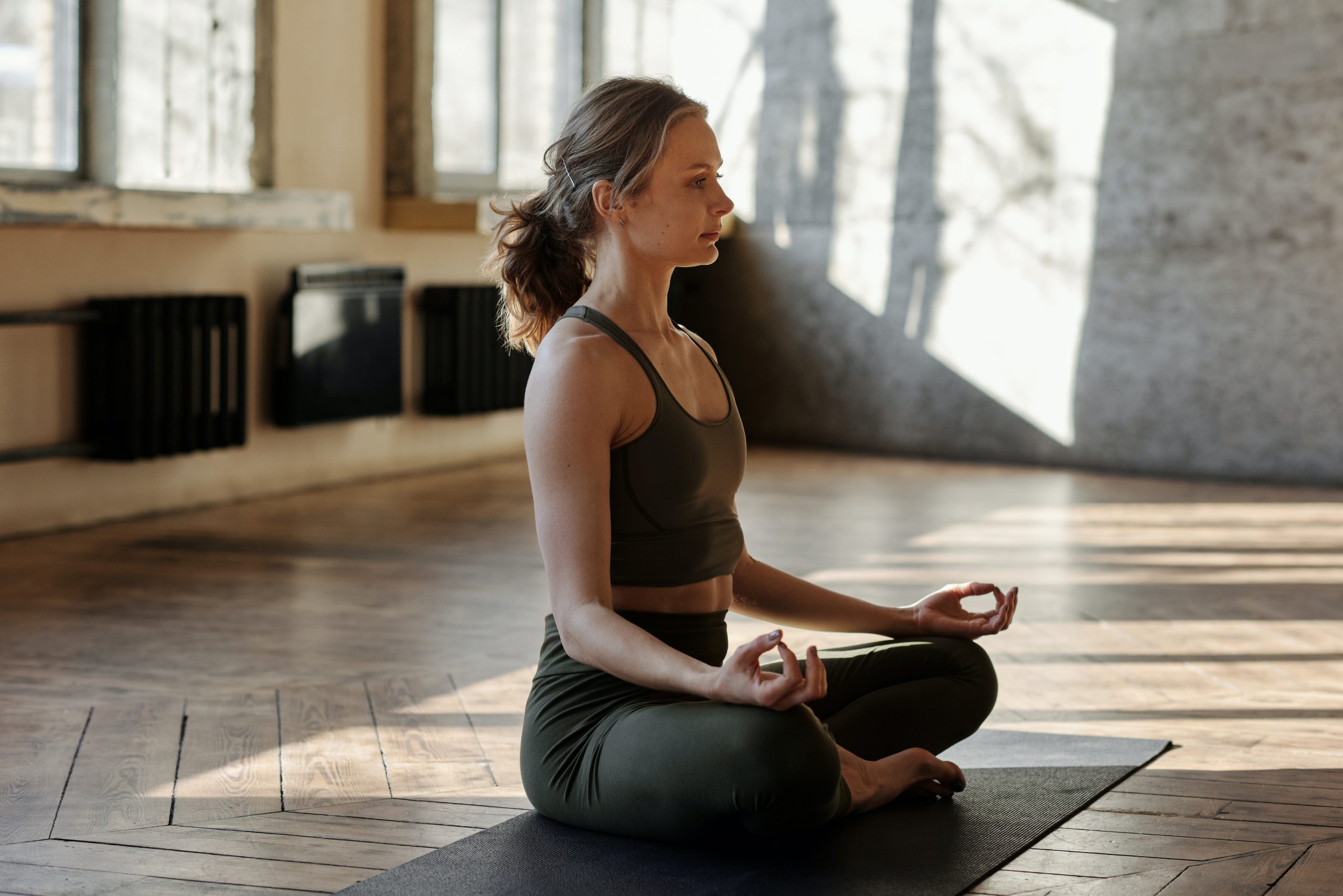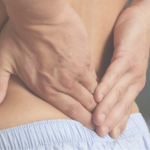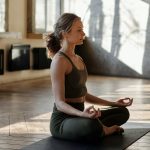Pilates and yoga are both low-impact exercises that increase the body’s strength and flexibility. These types of exercise slowly build up your heart rate and do not put too much pressure on your joints. Although they are very similar, the difference between yoga and pilates is mainly the execution.
Yoga
Yoga traces its roots to India. It is a practice that is often associated with being spiritual because its movements promote mindfulness and meditation. Yoga is executed by doing physical poses or flows partnered by breathing exercises. Yogis hold these positions after a few breathing patterns before they flow to the next one. Deep breaths and mindfulness are the key techniques to yoga exercises.
Studies show that one in seven adults practise yoga, and about 94% say that it has improved their overall well-being. More benefits of yoga include:
- Relieves low-back and neck pain
- Improves balance
- Promotes quality sleep
- Relieves stress and conditions caused by stress
- Relieves pain caused by osteoarthritis
- Promotes weight loss
Pilates
Pilates was named after its innovator, Joseph Pilates. He was a sickly child from Germany and in his attempt to improve his health, he studied yoga, martial arts, and other practices involving the mind and body. He first practised his exercise techniques to the injured soldiers during the World War, and then introduced them to the people of New York too.
Like yoga, Pilates also uses low-impact movements and physical poses, and then holds them for a few seconds. The body is then challenged even further through movement involving your arms and legs. In Pilates, your core is strengthened. Controlled breaths are emphasised at the start of the exercise, so that it facilitates contractions in your muscles.
Reformer Pilates is a great form of exercise if you’re needing more guidance to target specific areas of the core and glutes.
Benefits of Pilates
Unlike high-impact cardio exercises like running, Pilates has small and slow movements that focus on the stability of your core, shoulder, back, and hip muscles. Its benefits include the following:
- Improve endurance and strengthen the muscles
- Improve flexibility and posture
- Develops a better balance, thus lessens the risk of falling over
- Lessens joint pains
Which Exercise is Right for Me?
Pilates and yoga have similar styles and are low-impact exercises. You can do both with just a mat, but pilates has a specialised equipment to make your exercise more challenging. If you want to increase your flexibility and strength, pilates may be the better choice. Reformer pilates can help you target specific muscles in your core or glutes. If you want to improve your overall mobility and wellness with less equipment, you might want to try yoga. Yoga tends to be more relaxing because of its meditative aspect, and it is known to give mental health benefits.
The Physiotherapists at Leaders Sports and Spine Physiotherapy are happy to guide you on what form of exercise would be more beneficial for you.






